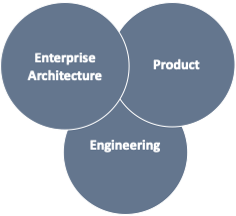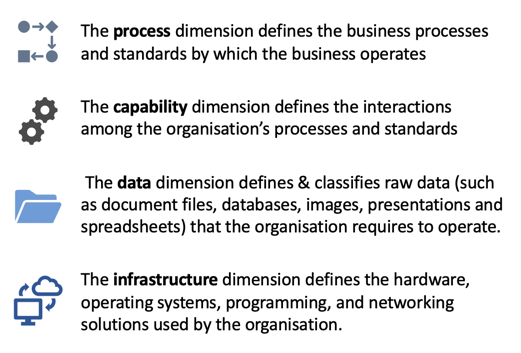Many CEOs will understand the benefits of a digital transformation. If their organisation gets it right, they will be faster, more agile, more efficient and in many ways better able to deliver innovative products and services to customers and partners through multiple channels.
But, traditional companies undergoing digital transformations will continue to build ever-more-complicated systems, deploying new features and fixes on the fly to meet immediate needs without any clear road map or consideration of future operational efficiencies or cost-effective IT. Digital exuberance is to be applauded, but not at the expense of loss of control, excessive complexity or unchecked cost.
To keep matters in hand the whole approach should be architected, and aligned with business strategy. The end-goal - delivering value to the customer - must be considered from the start.
Without architecture to provide a framework for desired outcomes, there is a danger that the best-efforts of well-meaning individuals will miss the mark. At first, you may think it was not needed; but unarchitected effort soon compounds lack of direction and rapidly results in missed turnings, wasted money and gifts advantage to the competition.

Enterprise Architecture, Product & Engineering are at the heart of the company, and an essential part of the customer-centric organisation.
Enterprise Architecture is a whole-company discipline - a holistic view of the company, defining how business processes, systems capabilities, data and technology infrastructure interact.
These four dimensions are:

Enterprise Architecture has become a priority for businesses trying to keep up with new technologies such as the Cloud, IoT, machine learning and other emerging trends that prompt or enable Digital Transformation.
A fully resolved enterprise architecture is essential. Too many companies only focus on the tooling, and ignore people and process.
Enterprise Architecture is a conceptual blueprint that defines the structure and operation of an organisation. Its intent is to determine how the company can most effectively achieve its current and future objectives. It is an essential friend to any successful company.
Next:
We discuss how each major cross-functional capability works in a customer-centric world in these other posts:


Building a customer-centric digital organisation that is focused on delivering value to your customers needs new and agile ways of working. We explore this thinking in The Three Laws.


